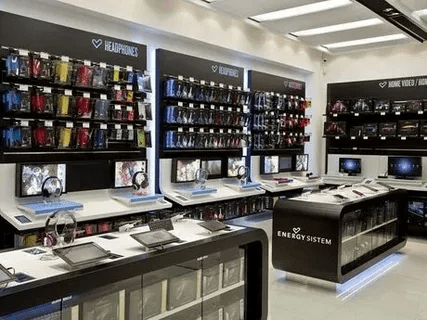In today’s digital economy, financial technology (FinTech) applications have revolutionized how users manage their finances. Whether it’s mobile banking, digital wallets, investment platforms, or cryptocurrency exchanges, the UI/UX design of these applications plays a critical role in enhancing user experience and ensuring security.
This blog explores the best practices for creating intuitive, secure, and user-friendly UI/UX designs for FinTech applications.
1. Understanding the FinTech User
User Demographics & Needs
FinTech users range from tech-savvy millennials to elderly individuals who may not be as familiar with digital platforms. Designers must consider various user personas, their financial literacy levels, and preferences to create an inclusive experience.
Common Pain Points
- Complex financial jargon
- Security concerns
- Unintuitive navigation
- Slow transaction processes
- Lack of real-time financial insights
A well-thought-out UI/UX design should aim to address these pain points effectively.
2. Key UI/UX Principles for FinTech Apps
A. Simplicity & Clarity
Financial applications should be easy to navigate and present information in a digestible format. Use a minimalistic design approach with a clean layout, clear typography, and well-defined sections.
Best Practices:
- Use whitespace effectively to reduce cognitive load.
- Implement clear call-to-action (CTA) buttons.
- Avoid unnecessary clutter and excessive animations.
B. Security & Trustworthiness
Since FinTech applications handle sensitive financial data, security should be a top priority.
Best Practices:
- Implement multi-factor authentication (MFA).
- Use biometric authentication (fingerprint, facial recognition).
- Display security badges and encrypt user data.
- Provide transparency in privacy policies and terms.
C. Personalization & Customization
Users appreciate experiences tailored to their financial needs.
Best Practices:
- Allow users to set financial goals.
- Offer customizable dashboard layouts.
- Provide personalized insights and notifications based on spending habits.
- UI/UX Design Trends in FinTech Applications
A. Neumorphism & Minimalism
Modern FinTech apps favor clean, soft, and futuristic design styles like neumorphism, which creates a sleek user experience.
B. AI-Powered Chatbots & Virtual Assistants
Conversational UI with AI-powered bots helps users get quick financial assistance and manage queries effortlessly.
C. Gamification Elements
Adding reward-based elements, like badges for savings goals, increases user engagement and retention.
4. Case Studies: FinTech Apps with Exceptional UI/UX
1. Revolut
- Minimalistic and modern design.
- Clear financial insights with customizable analytics.
- Secure biometric authentication.
2. Robinhood
- Simplified investment platform for beginners.
- Gamification elements to keep users engaged.
- Real-time stock price updates with interactive charts.
3. PayPal
- User-friendly design with seamless payment processing.
- Enhanced security features, including fraud detection.
- Simple navigation for global transactions.
5. Steps to Design a FinTech Application
Step 1: Research & User Analysis
Conduct market research and user interviews to understand the target audience’s needs and pain points.
Step 2: Wireframing & Prototyping
Create wireframes to outline the app’s structure and develop interactive prototypes for usability testing.
Step 3: UI/UX Design Implementation
- Select a color palette that reflects trust (e.g., blue, green).
- Use intuitive icons and typography.
- Design seamless onboarding flows.
Step 4: Testing & Iteration
Conduct A/B testing and user feedback sessions to refine the app before launch.
Conclusion
Designing UI/UX for FinTech applications requires a deep understanding of user needs, security concerns, and financial behaviors. By following best practices such as simplicity, security, personalization, and accessibility, designers can create seamless financial experiences that empower users.
Staying updated with UI/UX trends and continuously optimizing based on feedback will ensure the success of FinTech applications in an ever-evolving digital landscape.







































































































































































































































































































































































































































































































































































































































































































































































































































































































































































































































